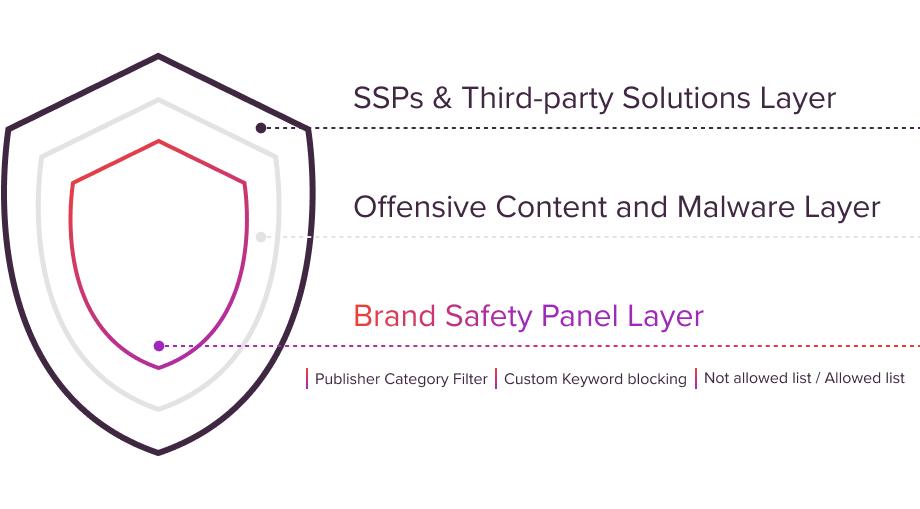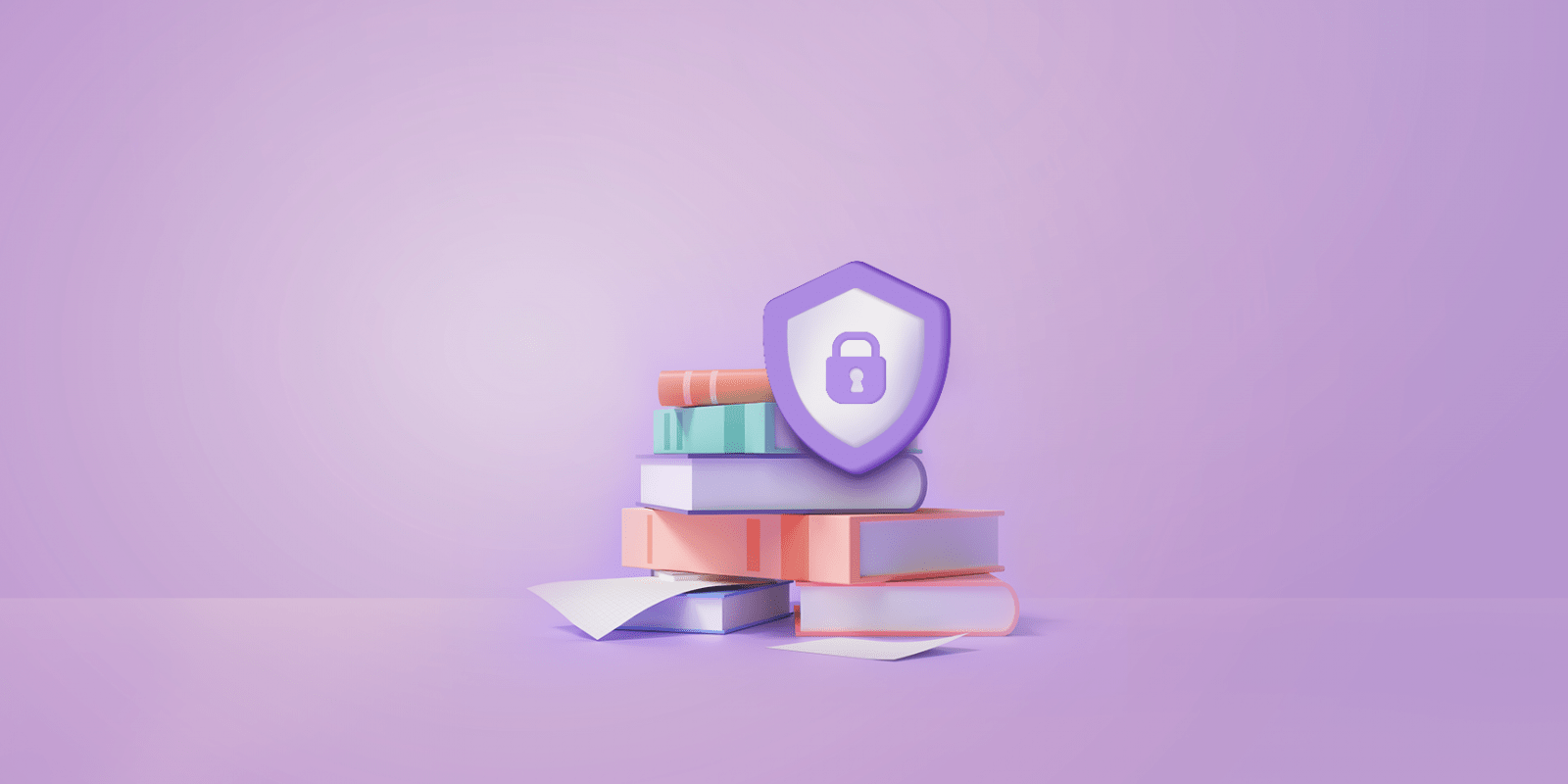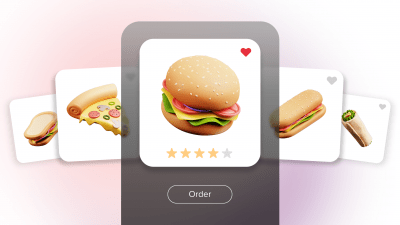Last Updated on: 26th May 2024, 07:49 pm
Brand safety is something you’ll often hear marketers talk about, and at face value, it seems pretty simple. It’s all about the methods you can use to help to protect your brand from being damaged during the advertising process. However, once you ask marketers exactly how they protect your brand, things get a little more complicated.
To some, it might simply mean ensuring that messaging, imagery, or messenger doesn’t land you in hot water. For others, brand safety includes everything from what platforms you show your ads on to ensuring you’re not caught off guard by current events. To help you get to grips with this essential topic, this article will try to answer a crucial question: What is brand safety, and why should you care about it?
To do this, we’ll cover:
- The IAB definition of brand safety.
- Why brand safety has become essential to any serious company’s advertising strategy.
- How you can easily implement industry-leading brand safety solutions with RTB House and Deep Learning.
Table of Contents:
- What is brand safety?
- Why do I need to care about brand safety?
- How does brand safety work?
- Brand Safety Use-Cases
- How does RTB House approach brand safety?
- #1 We follow all GARM recommendations
- #2 We leverage Natural Language Processing (NLP)
- #3 Our solution can be customized to follow advertised brand safety policies
- #4 We are able to block content on URL, keyword, or traffic category
- #5 We combine modern technology with a human touch
- #6 Our brand safety solution is externally vetted
- #7 We’re ready for the cookieless future
- Want to take your brand safety game to the next level? Contact us today
What is brand safety?
To answer this question, let’s take a look at what the International Advertising Bureau (IAB) has to say:
Brand Safety solutions enable a brand to avoid content that is generally considered to be inappropriate for any advertising and unfit for publisher monetization regardless of the advertisement or brand.
So far, so simple. Brand safety is essentially about ensuring that your brand’s advertising does not appear alongside content that could compromise it, for example, articles promoting illegal drug consumption or videos containing hate speech. However, it doesn’t end there. Over the past three years, the concept of brand suitability has become increasingly important.
The brand suitability concept takes brand safety to the next level, not just avoiding content that is outright toxic to your brand but avoiding content that might go against your brand’s specific goals or values. For example, a company that focuses on promoting healthy eating may find it inappropriate to appear alongside content that promotes junk food.
Why do I need to care about brand safety?
The internet has a long memory, and even minor missteps in brand safety can have long-lasting consequences. Brands don’t want to appear to be tacitly supporting extremist content, which often makes the choice of where they advertise critical. For example, many brands have decided to depart Twitter (now called X) as brand safety concerns continue to build in the wake of Musk’s takeover.
By taking a proactive approach to brand safety, companies can avoid any self-inflicted disasters without compromising the effectiveness of their advertising campaigns.
Digital campaigns are a powerful way to reinforce brand values and messaging that engage consumers, but in order to be successful, an ad just has to make the right impression. A brand’s adverts should cultivate positive associations and promote its values while remaining relevant and relatable. Context is a key component of this, and mitigating the risk of harmful ad placements is essential.
~Ben Tatton-Brown, VP, Head of Agencies – FR, ITA, UK @ RTB House
How does brand safety work?
Alright, so we know what it is, but how does it work? Well, this varies from organization to organization, but at RTB House, we break it down into three layers:
SSP and Third-Party Solutions (External Layer)
- These layers refer to third-party solutions that filter any illegal, unsafe, or offensive websites and provide a first line of defense against obvious brand safety risks.
Offensive Content and Malware (Internal Layer + External Third Party)
- This layer comprises our internal security that checks for offensive content, and known malware distributions, automatically blocking the most common non-brand-safe websites and applications across all verticals. This is supplemented by third-party solutions, like the Google Safe Browsing API, which protects users by checking URLs against a list of unsafe websites or unwanted software.
Brand Safety Panel (Internal and Customizable Layer)
- This layer is the heart of our Brand Safety solutions and is designed to be tailored to every customer. It can block specific websites, content, or apps and leverages our Context AI engine to categorize articles and remove those that advertisers don’t want their content to appear alongside, helping to protect brand safety and ensure brand suitability. It’s a powerful, flexible tool.

Now that we know the basics, let’s take a look at some specific brand safety challenges and how you can use brand safety solutions to help keep your brand’s reputation safe online.
Brand Safety Use-Cases
Brand safety is a broad term; however, we can better understand it by looking at some specific challenges and how we can use brand safety tools to overcome them:
#1 Avoid supporting inappropriate content
This is the most common brand safety use-case. No matter how you look at it, when a brand advertises on a specific publisher or piece of content, they are providing financial support and, therefore, tactic approval of what that content says.
This can be something relatively benign, like accidentally advertising on a site that supports a competitor’s product, or downright dangerous, like inadvertently providing funding to known terrorists.
The solution—Brand safety tools can be used to automatically avoid the most egregious examples of malicious sites, protecting their brand image and users from the most common kinds of attacks.
#2 To avoid appearing alongside negative news
Another common challenge is the context an ad appears in. Everything online is forever, and a PR department’s worst nightmare is an ad appearing where it shouldn’t, causing a wave of bad press.
The solution—Let’s take the example of a low-cost airline. They can use the Brand Safety Panel to specifically exclude content that talks about airline disasters or negative events happening in destination countries. Thus enabling their PR team to sleep soundly, knowing they won’t wake up to an inbox full of angry complaints. Well, at least not because of the marketing department, anyway.
#3 Avoiding faux pas in multiple languages
It’s a multilingual world, and most brands will want to advertise in more than one language. However, without brand safety tools built to function in all those languages, this can be challenging and could lead to your content accidentally appearing in a context that would be offensive to those speakers. For example, it might be fine to advertise alongside an English-language article about Taiwanese semiconductor factories, but a Chinese-language one might be more problematic.
The solution—Powerful brand safety tools will allow users to filter not just specific keywords but actually by language. For example, the RTB House Brand Safety Panel supports over 30 languages, with more on the way.
How does RTB House approach brand safety?
We’ve already covered a bit about the RTB House approach, but let’s take a deeper dive into the specifics, precisely, the technology and philosophy that differentiates RTB House from other companies on the market:
#1 We follow all GARM recommendations
The Global Alliance for Responsible Media (GARM) is an organization dedicated to reducing the availability and monetization of harmful content online. Their recommendations are the foundation of our brand safety strategy and provide a key baseline that we believe every responsible DSP should follow when building their products. We’ve also started building a number of unique labels based on GARM recommendations, and they’ll be rolled out in the near future.
Their guidelines are a useful way to categorize what content is harmful and what is not and to help inform the way that RTB House automated solutions, like our Context AI, can understand content online and make decisions about what is and isn’t safe.
#2 We leverage Natural Language Processing (NLP)
One of the big USPs of Deep Learning is its ability to handle complicated datasets and draw meaningful conclusions. This is particularly useful in Natural Language Processing (NLP) use-cases. We use NLP to understand the content on specific web pages, including URLs, titles, and specific contexts that the content is displayed in. This enables our Brand Safety Solution to automatically identify whether content is safe and complies with the advertisers’ brand guidelines.
#3 Our solution can be customized to follow advertised brand safety policies
We have a particularly flexible Brand Safety Panel, which can be adjusted on two separate levels:
- Profit Center—A softer set of rules that are applied across all campaigns managed by the profit center, serving as a minimum viable protection for all advertisers.
- Advertiser specific—A specific set of rules that are created by individual advertisers to support their own unique brand safety challenges.
We are also able to support advertisers who have their own host list, whether that is a whitelist or a blacklist. This can include active rejection of anonymous traffic, which makes blacklists more effective.
#4 We are able to block content on URL, keyword, or traffic category
There are many different ways that a brand might want to filter out content. For example, it might be desirable to block unknown URLs in order to guarantee a base level of safety. But in addition to this, the brand could blacklist specific keywords in articles, such as ‘crash’ or ‘death,’ while also blocking those same keywords in URLs.
Brands can even blacklist specific traffic categories. For example, they may want to avoid attracting anonymous traffic in order to avoid bots seeing their ads instead of human beings.
#5 We combine modern technology with a human touch
One major challenge of brand safety is scale. Let’s say you are an airline, and there has recently been a major plane crash. The media will naturally want to report on this, but you don’t want your content to appear alongside a crash. This results in a significant reduction in scale and potentially lost customers.
This is not the case with RTB House. We would begin with relatively strict controls, but our team would carefully monitor the real-time impact this has on the campaign. These observations would then be used to gradually reduce restrictions in order to intelligently mitigate the impact of bad news on the campaign scale without compromising brand safety.
#6 Our brand safety solution is externally vetted
As part of the creation of our suite of brand safety solutions, we wanted to obtain external validation. To achieve this, we worked with IAS in order to get an audit of our brand safety mechanisms. We passed the IAS brand safety test with a rate of 92.28%.
#7 We’re ready for the cookieless future
Unlike many other brand safety solutions in digital advertising, RTB House has built its brand safety suite with the cookieless future in mind. Our solution draws from contextual targeting advertising techniques, which means that almost all of its functions will continue to work, regardless of what happens with third-party tracking cookies.
Want to take your brand safety game to the next level? Contact us today
If you want to learn more about how RTB House can help you in your brand safety mission, our team is standing by to help. Simply head over to our contact page, and you’ll have taken your first step to keeping your brand’s reputation safe while advertising online.





